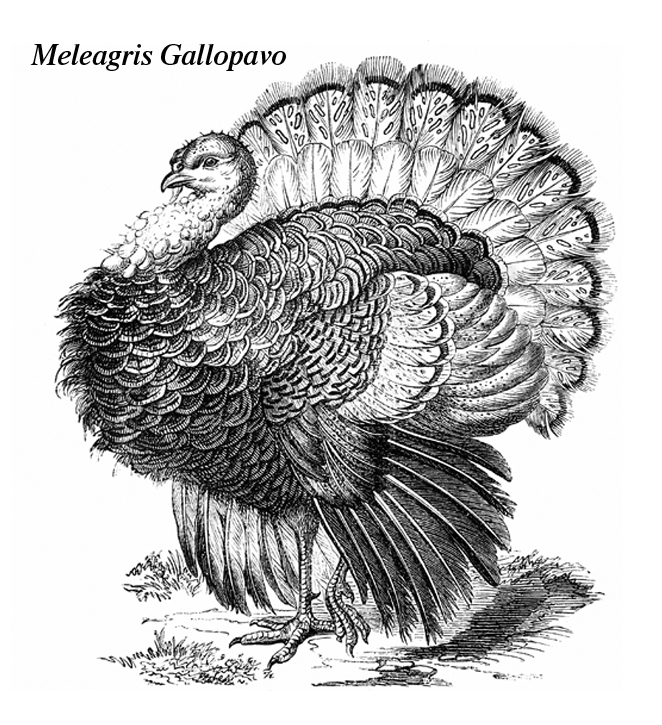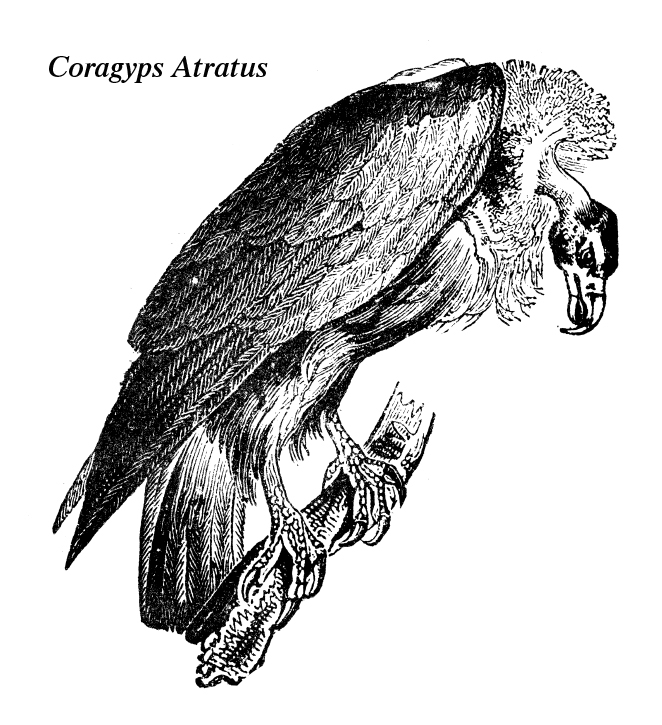Turkey in the Oven or in the Skinner Box?
Think about it. You can put a turkey in the oven only once. The pleasure for the turkey is over immediately (well, realistically some days before), and for you not long after the Thanksgiving feast. If you had a sufficiently large Skinner box, however, you could put the turkey in and out of it instead. And you could do so not only on the day of Thanksgiving, but any and every day you wished, with several advantages to both you and the turkey. First, you would gain no weight from the ridiculous amount of gorging on turkey and trimmings that replicates itself every Thanksgiving day. Second, when you brought the turkey out at the end of its session in the chamber, it would be a lot less crispy and much more lively than if it had just come out of the oven. Third, your turkey probably would be happier coming out of the box than from the oven, but we have no way of quantifying this outcome. Too bad.
 But the greatest advantage is that science would advance. What would the turkey do in the box? (In that we are now talking turkey science, I feel compelled to dignify our subject by henceforth using its scientific name, Meleagris gallopavo). As far as I know - and reader’s please feel free to correct my ignorance - no one has ever systematically studied the behavior of Meleagris gallopavo in a Skinner box. There’s one old study, noted at the end of this commentary, in which Witoslawski, Anderson, and Hanson studied a black vulture (Coragyps atratus) (actually, a turkey vulture would have been more fitting for the present article, but one has to use what is available). This large bird’s behavior was studied under several schedules of reinforcement. Their vulture responded much like a pigeon under similar schedules, based on the limited data the researchers presented. Our science is built on establishing general principles of learning that apply across many species under varied conditions. From what we know about pigeons and a single black buzzard, one might surmise that Meleagris gallopavo wouldn’t behave all that differently on similar schedules of reinforcement. But wouldn’t it be fun to know that, instead of just speculating about it?
But the greatest advantage is that science would advance. What would the turkey do in the box? (In that we are now talking turkey science, I feel compelled to dignify our subject by henceforth using its scientific name, Meleagris gallopavo). As far as I know - and reader’s please feel free to correct my ignorance - no one has ever systematically studied the behavior of Meleagris gallopavo in a Skinner box. There’s one old study, noted at the end of this commentary, in which Witoslawski, Anderson, and Hanson studied a black vulture (Coragyps atratus) (actually, a turkey vulture would have been more fitting for the present article, but one has to use what is available). This large bird’s behavior was studied under several schedules of reinforcement. Their vulture responded much like a pigeon under similar schedules, based on the limited data the researchers presented. Our science is built on establishing general principles of learning that apply across many species under varied conditions. From what we know about pigeons and a single black buzzard, one might surmise that Meleagris gallopavo wouldn’t behave all that differently on similar schedules of reinforcement. But wouldn’t it be fun to know that, instead of just speculating about it?
 To accomplish the former, one would have to start by making a suitable chamber. It would have to be rather large, certainly bigger than the standard-size Thanksgiving oven. But do-able. As for a reinforcer, Meleagris gallopavo eats grain, so perhaps one could use standard mixed grain for pigeons with them, though it more likely would require a little research to actually find something that functions as a reinforcer. In any case, the reinforcer most assuredly would be easier to find and less messy to work with than the 50-gram slabs of horse meat that Witoslawski and colleagues used with their Coragyps atratus (which they reported would eat over two pounds [one kilogram] per session). As for the response. I imagine that a good-sized Tom would make short order of a standard pigeon key, so a little ingenuity would be required in coming up with a suitable response. In the Institute’s virtual museum, we have a super-size response key, modeled after a standard pigeon key, that was used with primates. I’ll bet that would work. So there you have it: chamber, reinforcer, and response. All you need now is a live Meleagris gallopavo.
To accomplish the former, one would have to start by making a suitable chamber. It would have to be rather large, certainly bigger than the standard-size Thanksgiving oven. But do-able. As for a reinforcer, Meleagris gallopavo eats grain, so perhaps one could use standard mixed grain for pigeons with them, though it more likely would require a little research to actually find something that functions as a reinforcer. In any case, the reinforcer most assuredly would be easier to find and less messy to work with than the 50-gram slabs of horse meat that Witoslawski and colleagues used with their Coragyps atratus (which they reported would eat over two pounds [one kilogram] per session). As for the response. I imagine that a good-sized Tom would make short order of a standard pigeon key, so a little ingenuity would be required in coming up with a suitable response. In the Institute’s virtual museum, we have a super-size response key, modeled after a standard pigeon key, that was used with primates. I’ll bet that would work. So there you have it: chamber, reinforcer, and response. All you need now is a live Meleagris gallopavo.
With a little luck and imagination, there is potential here to save the lives of maybe five or six turkeys a year (corresponding, liberally, to the number of lab nerds like me in this country who might actually consider doing something like this). But I defend my position to the death. Interesting behavior is where you find it, and, when you do, you should go for its analysis. Thanksgiving offers a new window for an experimental analysis of Meleagris gallopavo behavior, as well as for celebration. Whether you take your Meleagris gallopavo from the Skinner box or from the oven on this most American of holidays, the Aubrey Daniels Institute wishes you a Happy Thanksgiving. Enjoy yourselves and your families …and keep on drumming!

Reference
Witoslawski, J. J., Anderson, R. B., & Hanson, H. M. Behavioral studies with a black vulture, Coragyps atratus. Journal of the Experimental Analysis of Behavior, 6, 605-606.




